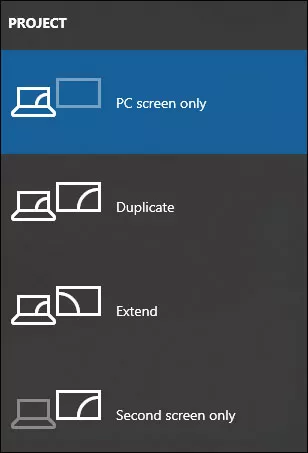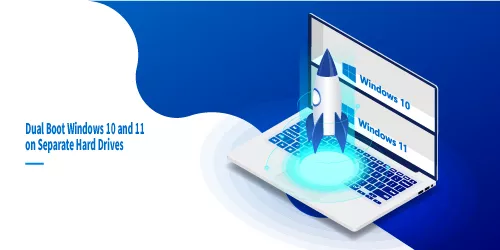Does Your Computer Support Dual Monitors: Here's all you need to know
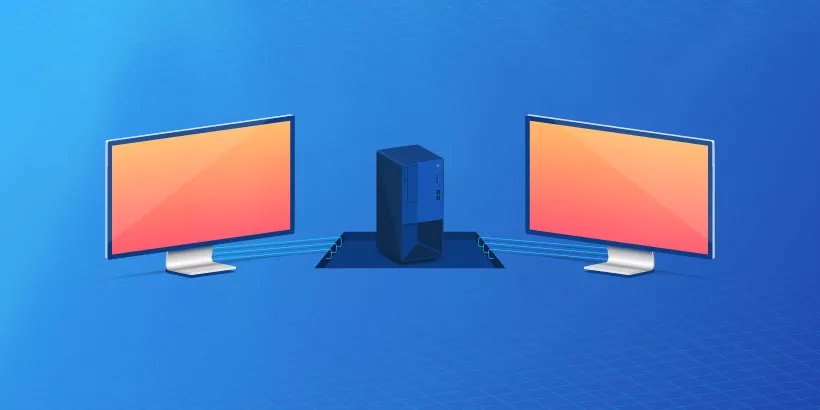
Want to play games and deal with other tasks at the same time? Too many programs to open on your computer at work while split screen can't meet your needs? Tired of minimizing programs all the time? Perhaps you are considering dual monitors with a different set of reasons in mind. Although most modern PCs are configured to support dual monitors, you may want to check whether your device can achieve this. In this post, we prepared three simple ways on how to check if your computer accommodate two monitors.
How do I know if my PC supports dual monitors?
1. Check display settings
Step 1: Press Windows+I to open Settings and select System>Display.
Step 2: In the right pane, scroll down and check if Multiple displays option is available. If it is present, your computer can handle dual monitors.
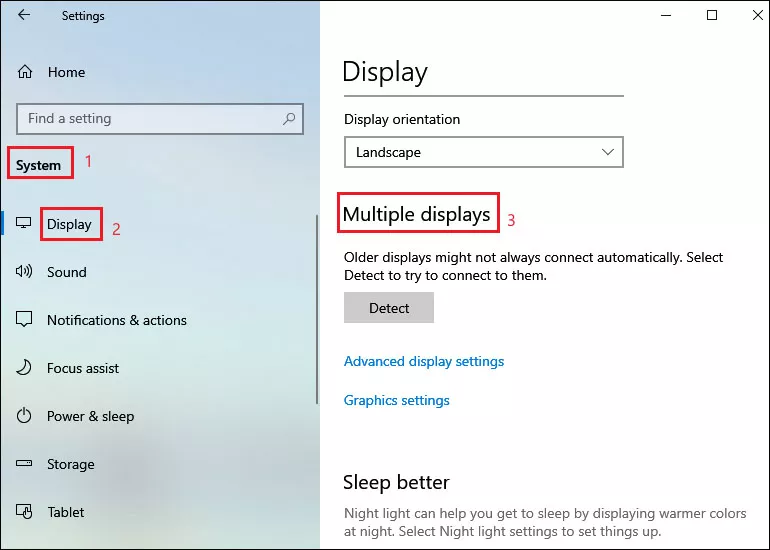
2. Check connection ports
The number of connection ports is the most obvious indication of whether a PC can connect to multiple monitors.
You should check the ports of the graphics card on the back of your PC case. To achieve dual screen output, you need to use the dual ports of the graphics card to connect separate monitors. Typically, there are four types of ports: DP, HDMI, VGA and DVI. Now, most modern graphics cards have at least two output ports.
To distinguish and identify these ports, here’s the detailed description:
- VGA: VGA port is usually a blue rectangle with 15 pinholes, which are arranged in three rows of five each. On both sides there are screw holes for fastening the VGA cable.
- DVI: DVI port is usually a white rectangle with 24 pinholes and an additional slot with four holes on the right side. It also have two screw holes for fastening DVI cable.
- DP: DisplayPort, standard-size DisplayPort shapes with almost straight left side and a cut in the bottom-right corner.
- HDMI: HDMI port shapes with both bottom corners rounded inward.
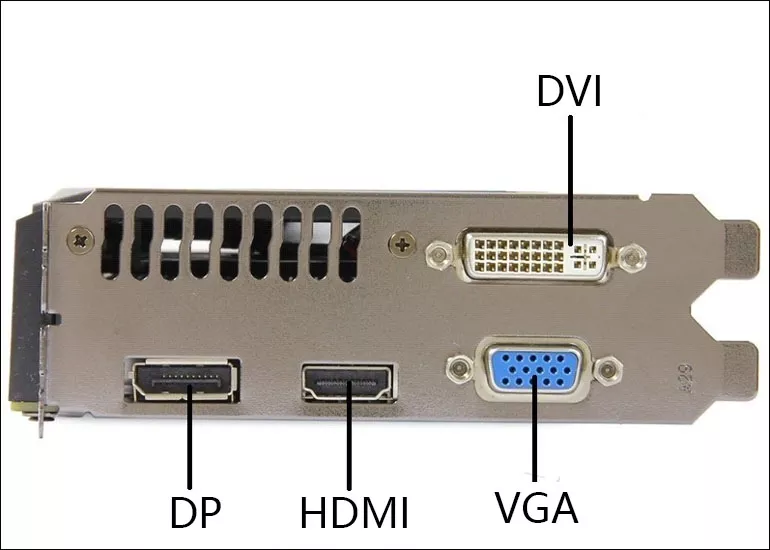
3. Check the specifications of your graphics card
To figure out how many monitors a graphics card can handle, you can also search its specifications on the manufacturer’s website.
Step 1: Press Windows+X and select Device Manager from the context menu. Then expand Display adapters, you will see the model of your graphics card.
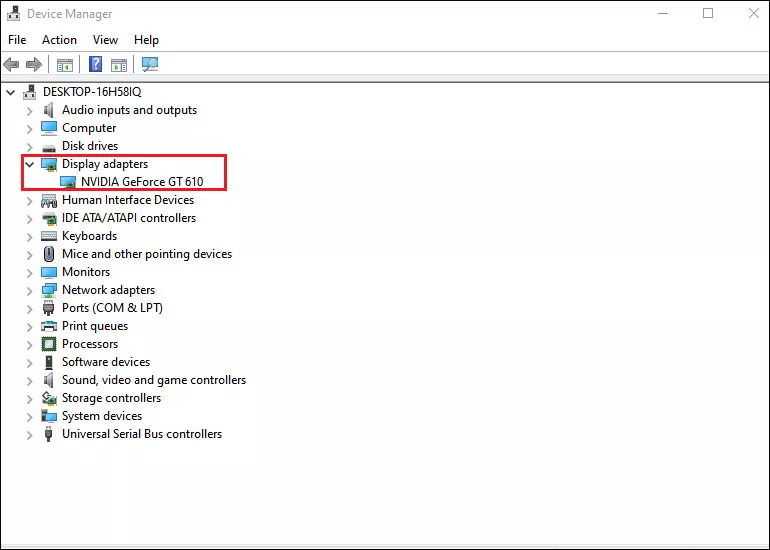
Step 2: Copy its model and search for the specifications online, then under Display Support, you can get the desired information.
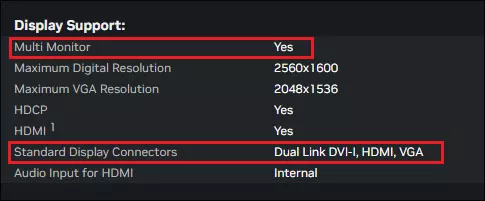
Do dual monitors affect computer’s performance?
While owing dual displays allows you to multitask, you may wonder if this affect GPU and FPS. Though dual monitors setup requires a certain amount of GPU, that doesn’t mean dual screens will take up more GPU. Also, dual screens have absolutely no impact on your RAM. The only issue you need to be concerned about is the FPS rate. However, whether multiple-screen set up decreases frame rates depends on what kind of graphics card you have and what you do on the second screen.
Normally, if you have a high-end or mid-range graphics card, there will be very slight or no effect on frame rates. In other words, you will hardly encounter any problems unless your graphics card is of low quality. But there’s no denying that if you’re performing GPU-intensive activities on both monitors, FPS would drop, regardless of a strong or weak graphics card.
How to connect two monitors on a PC?
Since you have already know whether your computer can connect to dual monitors, you can follow these instructions to connect the monitors.
1. Check the connection type of the second monitor
In addition to the four connections types for graphics cards we mentioned above, monitors may also have a USB-C port. At least one of the mentioned connection types should be available on your second monitor. So, which connection type provides the best visual experience?
Actually, VGA and DVI ports are used on old computers and monitors, many newer monitors don’t support these two connections. VGA utilizes analog signal transmission, whose signal is susceptible to be interfered, and the graphic may be blurred under high resolution. DVI, Digital Visual Interface, only transmits video signals, not audio signals. Using DVI connection requires additional audio equipment, which is relatively troublesome to connect. Consequently, it is suggested to choose HDMI, DisplayPort, or USB-C and all these three support 4K resolution.
After choosing the connection type, you should note two things:
- Note the port’s size. Both DisplayPort and HDMI are categorized into standard and mini types, with different sizes matching to different cables.
- Buy an adapter if your monitor’s connection is different from that of your computer. For example, you will need to purchase a DVI-HDMI adapter if your computer has a DVI connection but your monitor uses an HDMI connection. Similarly, supposing you want a USB-C connection, but the monitor does not have a USB-C input, you will need to get a USB-C-to-HDMI or USB-C-to-DisplayPort adapter. Also, if your computer has a mini-HDMI port but your monitor features a standard HDMI port, then a mini-HDMI-to-HDMI cable is required.
2. Connect two devices
A proper video cable will connect your computer to the monitor. If you use an adapter, connect the adapter to your computer case, then plug an HDMI, DisplayPort or USB-C cable into the adapter and plug the other end of the cable into the monitor.
3. Set Display settings
After turning on all the devices, you can adjust display settings. Press Windows + P to open the Project menu, here you are able to choose display models. Duplicate model enables the same display on two monitors and Extend model allows different images on two screens.
